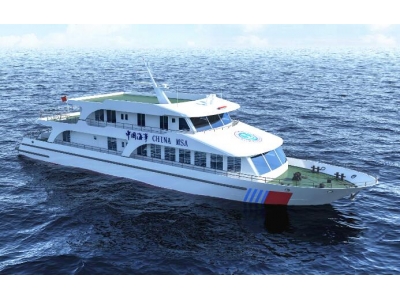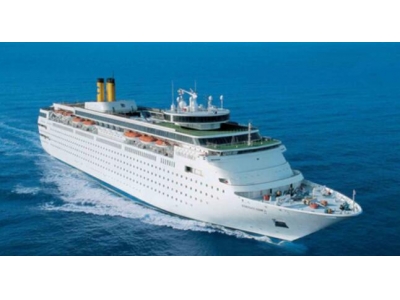Introduction
Ship coating refers to the process of applying protective coatings on the surfaces of ships and other maritime vessels. This essential practice not only enhances the aesthetic appeal of the vessel, but also provides critical protection against the harsh marine environment. In this comprehensive guide, we will delve into the various aspects of ship coating, including its importance, types of coatings, application methods, and maintenance.
The Importance of Ship Coating
Ship coating plays a vital role in safeguarding the vessel from corrosion, fouling, and other forms of degradation. As ships are constantly exposed to saltwater, UV radiation, chemicals, and physical wear, a high-quality coating system is essential for preserving their structural integrity and extending their service life. Furthermore, a well-maintained coating can optimize the vessel's hydrodynamics, reducing fuel consumption and improving performance.
Types of Ship Coatings
1. Anti-corrosive Coatings
Anti-corrosive coatings are designed to protect the ship's metal surfaces from rust and corrosion. These coatings typically contain active compounds such as zinc or epoxy, which provide a barrier between the metal and the corrosive environment. Examples of anti-corrosive coatings include zinc-rich primers, epoxy coatings, and polyurethane topcoats.
2. Anti-fouling Coatings
Anti-fouling coatings are specifically formulated to prevent the growth of marine organisms, such as barnacles and algae, on the ship's hull. These coatings contain biocides that inhibit the settlement and growth of fouling organisms. Copper-based coatings, self-polishing copolymer coatings, and silicone-based fouling-release coatings are commonly used for anti-fouling purposes.
3. Fire-resistant Coatings
Fire-resistant coatings are applied to protect the ship's structural elements and compartments from fire hazards. These coatings are designed to inhibit the spread of flames and provide a heat-insulating barrier. Intumescent coatings and fire-retardant paints are widely used in the maritime industry for fire protection.
Application Methods
Ship coatings can be applied using various methods, depending on the type of coating and the specific requirements of the vessel. Common application methods include:
- Spray application
- Brush and roller application
- Dipping or immersion
- Powder coating
- HVLP (High Volume Low Pressure) spray
Maintenance of Ship Coatings
Proper maintenance is crucial for ensuring the longevity and effectiveness of ship coatings. Regular inspections, cleaning, and touch-ups are necessary to address any coating damage or degradation. Additionally, periodic re-coating may be required to maintain the desired level of protection. Following manufacturer guidelines, using appropriate cleaning procedures, and conducting inspections can significantly extend the lifespan of ship coatings.
Conclusion
Ship coating plays a pivotal role in the maritime industry, protecting vessels from corrosion, fouling, and fire hazards. By understanding the importance of ship coatings, the types available, the application methods, and the significance of maintenance, shipowners and operators can make informed decisions to ensure the longevity and performance of their vessels. A well-maintained coating system not only enhances aesthetics but also contributes to the safety and efficiency of the entire fleet.
Thank you for reading our comprehensive guide on ship coating. We hope this article has provided valuable insights and assistance in understanding the intricacies of this essential practice in the maritime industry.


